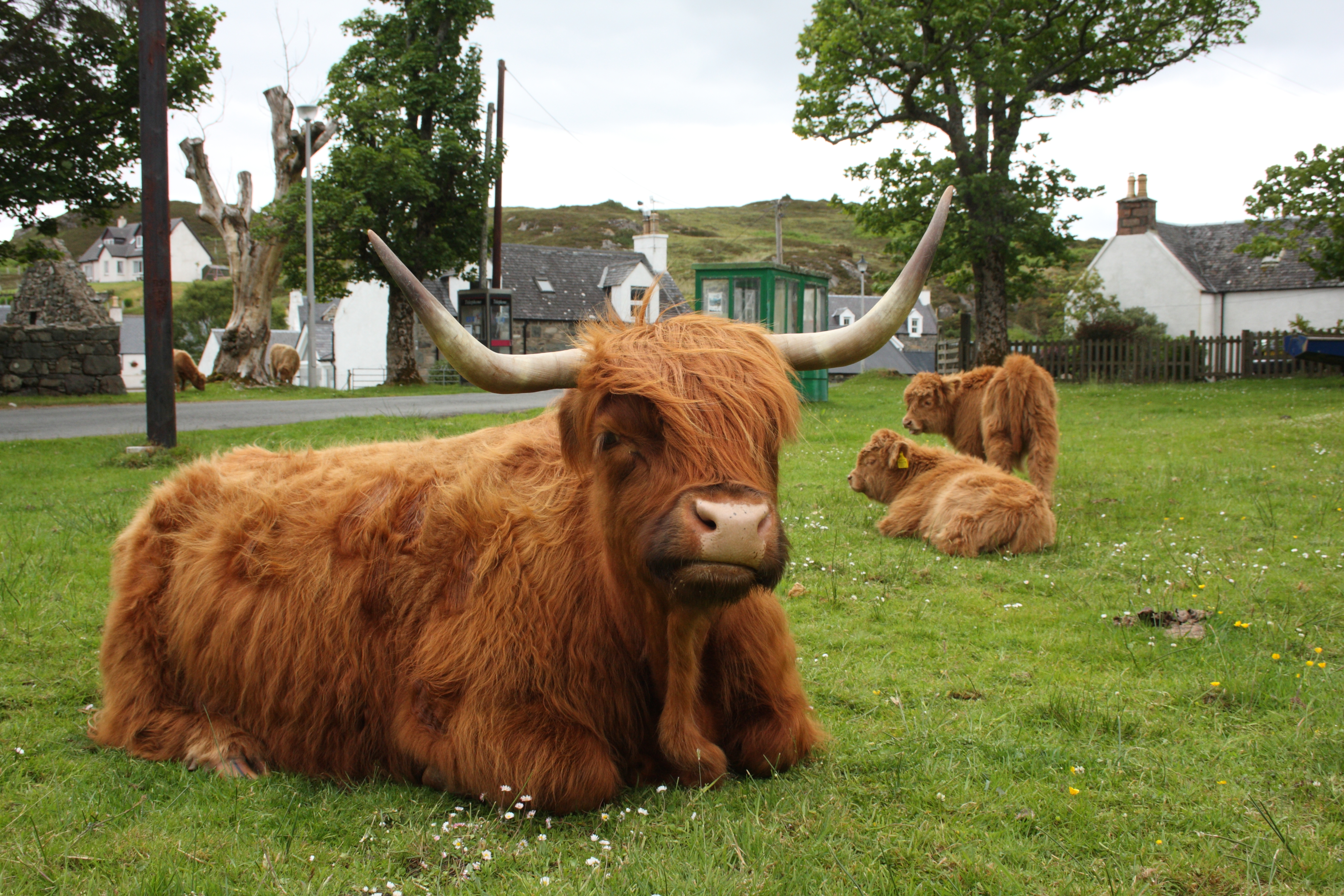One of Scotland’s most highly-regarded scientists has warned that cows on the village street in Plockton could pose a potential health hazard for children under five and people over 70.
Leading bacteriologist Professor Hugh Pennington, of Aberdeen University told the Press and Journal that plans to allow cows to roam freely on the village street, after a 15-year hiatus, would increase the likelihood of E.coli 157 – a bacterial infection that can cause severe stomach pain, diarrhoea and kidney failure.
In children under five, and the elderly, the condition can can be fatal.
A 15-year agreement to keep cattle off the street and beach in Plockton is due to come to an end this summer. Crofters indicated at a public meeting last October that they were entitled to allow cattle back onto the thoroughfares as part of their heritable rights as members of the Plockton Grazings Committee.
>> Keep up to date with the latest news with The P&J newsletter
Villagers raised concerns about the effects of E.coli 157 that is found in the gut and faeces of many animals, particularly cattle. The bacteria was one of the reasons the cattle were removed in the first place.
Prof Pennington said: “I remember being involved in discussions on this situation in Plockton 15 years ago. Cow manure is more dangerous than dog dirt – because of the bacteria it can spread.
“The likelihood of a cow having E.coli is low, and a farmer would not know unless he had his cow tested. Even if a cow was tested, there is nothing can be done to cure it.
“So it seems fairly reasonable to assume that a cow has E.coli, as it will not have been proven it hasn’t.
“On that basis, the risk of catching it from cow manure is reasonable, but low. It is a low risk, but a real risk.
“The main thing is to stop manure getting into the mouths of children. E.coli does not spread on the wind.
“If people trample in manure and then tread that into carpets, then there is a risk that a child will touch it and put their hands in their mouth exposing themselves to risk.
“A balance has to be reached, and in an ideal world you would not have cattle on a busy street, like Plockton.”
Former school teacher, Kathryn Koster, 98, said that she was putting up fences around her garden to stop the cows eating her plants.
No one was available from the Plockton Grazings Committee for comment.











